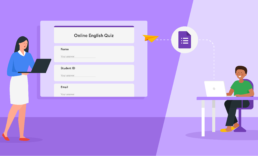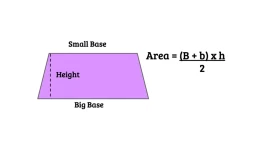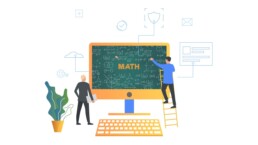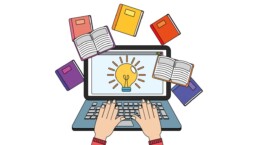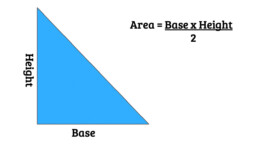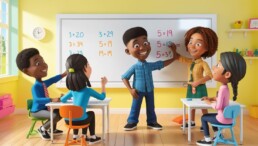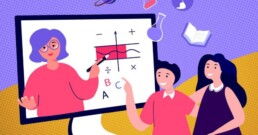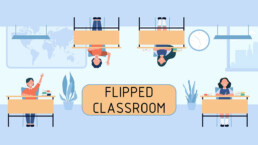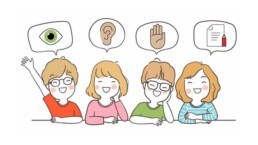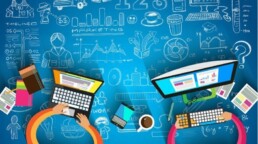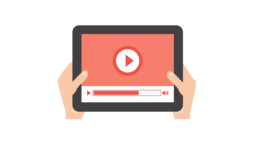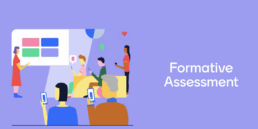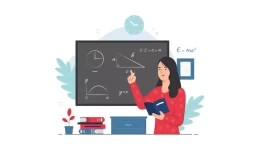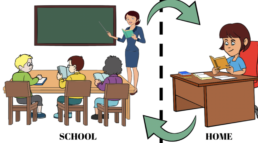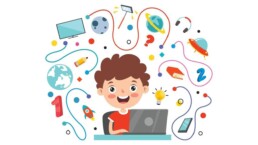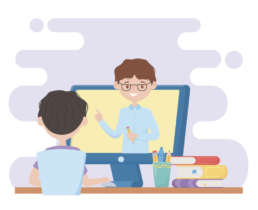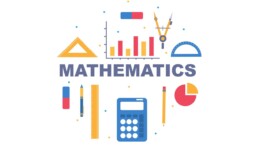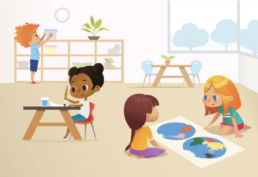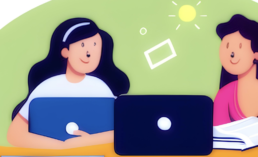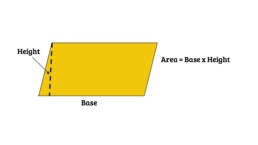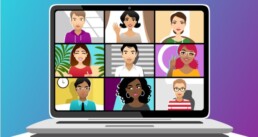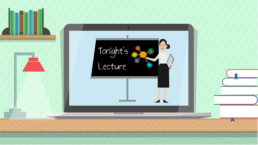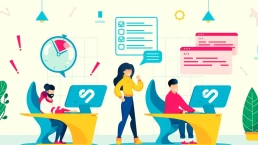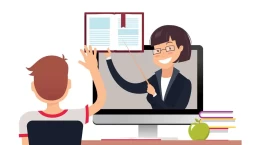Flipped Learning – What Does A Flipped Classroom Look Like?

You may have heard the term “Flipped Classroom” before, but what does it actually mean? In a nutshell, a flipped classroom is an instructional strategy in which students watch lectures outside of class time, and then use class time to practice what they have learned. The flipped classroom approach to learning takes on a more hands-on approach which allows students to actively be engaged in their learning.
How the Flipped Classroom Started
The origins of the Flipped Classroom can be traced back to 2007, when two high school teachers, Jonathan Bergmann and Aaron Sams, began recording their lectures to share with their students online. The idea caught on, and soon other teachers were doing the same.
The idea, however, behind the flipped classroom approach to learning is not about the online videos but instead about what happens in the classroom. The videos are a great tool to allow students to learn at their own pace and even allow students to rewatch them at a future date; however, the flipped classroom is more about what happens in the classroom. During class time, it is there where students apply their new knowledge to practice.
Group Communication

One of the most important things that a teacher can do in math class is to encourage communication. Many students are reluctant to speak up in class, for fear of getting the answer wrong. However, it is essential that students feel comfortable communicating in math class to fully engage with the material. When students are afraid to ask questions or share their ideas, they are less likely to understand the concepts being taught. They are also less likely to be able to apply those concepts to real-world situations. Therefore, teachers must create an environment where students feel safe to communicate. This can be done through a variety of methods such as cooperative learning activities, think-pair-share exercises and small group work. By establishing a culture of communication in math class, teachers can help their students to succeed.
Use of Non-Permanent Surfaces

Whiteboards are versatile tools that can be used in any subject, but they are particularly well-suited for math. When used correctly, whiteboards can help students visually organize information, see relationships between concepts, and develop problem-solving skills. The use of whiteboards along with communication helps students better understand mathematical concepts. During math classes, students should spend class time significantly communicating math concepts to each other while simultaneously using the whiteboard. In addition, the ability to quickly erase encourages mistakes during the learning process.
The Advantages of a Flipped Classroom

The Flipped Classroom approach to learning has many advantages. First, it allows teachers to individualize instruction by providing students with different materials, depending on their needs. Second, it gives students more control over their learning by allowing them to work at their own pace. Students can pause, rewind and even rewatch videos if they need, to fully grasp the concepts being presented. Finally, it allows the teacher to provide more one-on-one assistance to students who may be struggling.
Conclusion
If you’re interested in flipping your classroom but not sure where to start, there are several resources available online, including free video lectures and how-to guides. You can also find several flipped classrooms already in existence by searching for “Flipped Classroom” on YouTube or Google Classroom. Check out the 5 reasons to flip your math class today blog to find out why I encourage teachers to flip their math class today!
A flipped classroom can be a great way to individualize instruction and give students more control over their learning. With some careful planning and preparation, flip classrooms can be an effective way to improve student engagement and achievement in your classroom!
